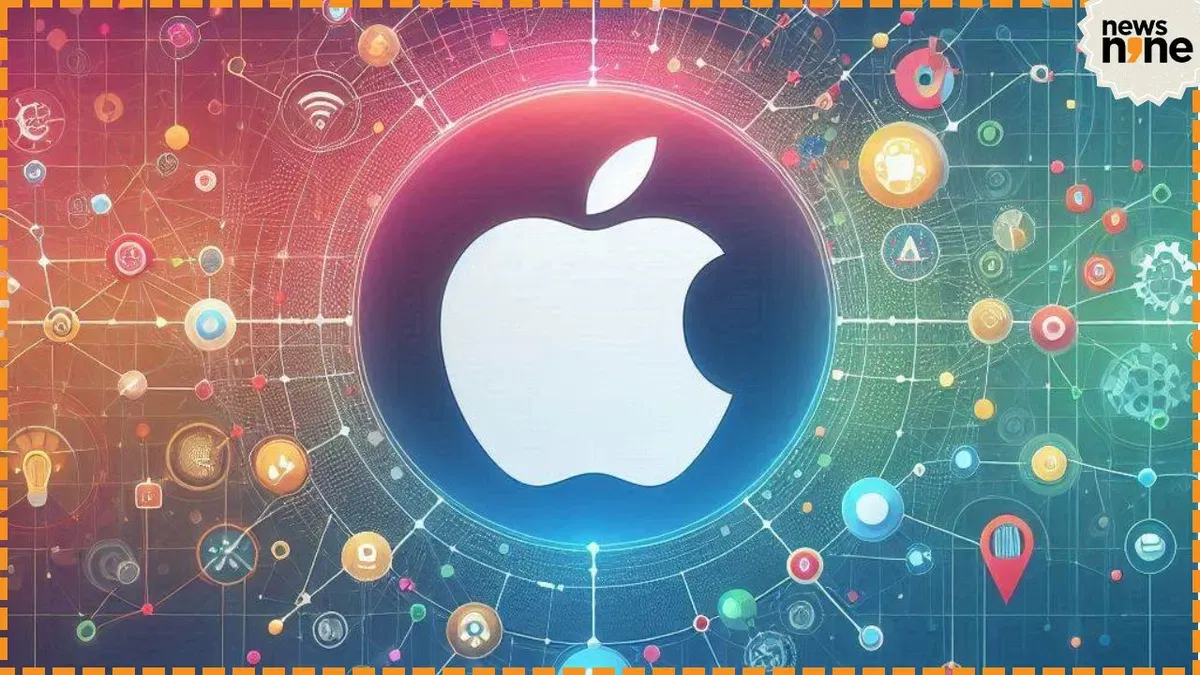Apple's OpenELM: Revolutionizing On-Device AI for Enhanced Privacy and Performance

Apple has unveiled its latest innovation in the field of artificial intelligence: the OpenELM (Open-source Efficient Language Models) family. This new suite of open-source large language models is set to transform the way AI operates on devices, marking a significant departure from the traditional reliance on cloud-based server processing. By bringing advanced AI capabilities directly to devices, Apple aims to enhance both user privacy and processing speed, ushering in a new era of on-device AI technology.
The Shift Towards On-Device AI
Traditionally, AI models have relied heavily on cloud-based servers for processing, which often raises concerns about data privacy and security. With the introduction of OpenELM, Apple is addressing these concerns head-on by enabling AI models to operate locally on devices. This shift towards on-device AI not only enhances user privacy by eliminating the need to transmit data to the cloud but also significantly reduces latency, resulting in faster response times for AI-driven features.

Apple's decision to prioritize on-device AI aligns with the growing demand for more secure and efficient AI solutions. As consumers become increasingly aware of the importance of data privacy, the ability to process AI tasks locally on devices becomes a key selling point. By eliminating the need for data to leave the device, OpenELM ensures that sensitive information remains secure and under the user's control.
The Power of OpenELM
At the heart of Apple's new AI initiative lies the OpenELM family of models. These models are designed to deliver exceptional performance while operating within the constraints of consumer hardware. To achieve this, OpenELM employs a layer-wise scaling strategy, which efficiently allocates parameters within each layer of the transformer model. This approach has yielded impressive results, with OpenELM demonstrating a 2.36% improvement in accuracy compared to its predecessor model, OLMo, while requiring only half the number of pre-training tokens.

The efficiency of OpenELM is particularly remarkable when considering its parameter budget. With approximately one billion parameters, OpenELM manages to outperform models with significantly larger parameter counts. This efficiency is crucial for enabling on-device AI, as consumer devices often have limited computational resources compared to cloud-based servers.
Open-Source Collaboration
One of the most notable aspects of OpenELM is Apple's decision to make the models open-source. By releasing OpenELM on the Hugging Face Hub, a popular platform for sharing and collaborating on AI models, Apple is inviting developers and researchers from around the world to contribute to its development. This open-source approach marks a significant shift in Apple's strategy, as the company has traditionally been known for its closed ecosystem.
The open-source nature of OpenELM brings several benefits to the AI community. First, it allows for greater transparency and scrutiny of the models, ensuring that they are developed with the highest standards of quality. Second, it enables developers and researchers to build upon and extend the capabilities of OpenELM, potentially leading to new innovations and applications.
What's more, the release of OpenELM includes not just the model weights and inference code but also the complete framework for training and evaluation on publicly available datasets. This comprehensive release, which includes training logs, multiple checkpoints, and pre-training configurations, provides a valuable resource for the AI community to learn from and build upon.

Integration with iOS and Future Prospects
Apple's commitment to on-device AI is set to have a significant impact on the future of its mobile operating system, iOS. With the upcoming release of iOS 18, Apple plans to integrate OpenELM into a range of new AI features. This integration will likely power various on-device AI functionalities, potentially including more advanced versions of Siri, Apple's virtual assistant, as well as other AI-driven applications.
The incorporation of OpenELM into iOS 18 has the potential to revolutionize the way users interact with their devices. By leveraging the power of on-device AI, Apple can deliver more personalized, responsive, and secure experiences to its users. For example, Siri could become more context-aware, providing more accurate and tailored responses to user queries. Similarly, on-device AI could enable more sophisticated image and video processing, allowing for real-time object recognition and enhanced computational photography.
Looking beyond iOS, the impact of OpenELM could extend to other areas of Apple's ecosystem, such as macOS and watchOS. As AI becomes increasingly integral to the user experience across all devices, the ability to run advanced AI models locally becomes a critical differentiator. By establishing itself as a leader in on-device AI, Apple is positioning itself to shape the future of consumer technology.

Conclusion: OpenELM Sets the Stage for a New Era of On-Device AI
Apple's release of the OpenELM family of models represents a significant milestone in the development of on-device AI technologies. By combining the power of open-source collaboration with a focus on efficiency and privacy, Apple is setting a new standard for the integration of AI into consumer devices.
The shift towards on-device AI, exemplified by OpenELM, has far-reaching implications for the future of technology. As consumers become increasingly concerned about data privacy and security, the ability to process AI tasks locally on devices will become a key selling point. Plus, the open-source nature of OpenELM has the potential to accelerate innovation in the field of AI, as developers and researchers from around the world collaborate to push the boundaries of what is possible.
As Apple continues to integrate OpenELM into its ecosystem, starting with iOS 18, users can expect to see a new generation of AI-driven features that are faster, more secure, and more responsive than ever before. With the power of on-device AI at their fingertips, users will be able to enjoy a more seamless and intuitive experience across all their devices.
Apple's OpenELM initiative represents a bold step forward in the evolution of AI technology. By embracing open-source collaboration and prioritizing on-device processing, Apple is not only enhancing the user experience but also setting a new standard for the industry as a whole. As we look to the future, it is clear that on-device AI will play an increasingly critical role in shaping the way we interact with technology, and Apple's OpenELM is poised to lead the way.











Member discussion